 When planning a rainwater collection system, consideration of annual, monthly, intensity and frequency of rainfall must be taken into account. Precipitation information is generally available by most counties, state climatologists, the National Oceanographic and Atmospheric, Administration (NOAA) and the National Climatic Data Center.
When planning a rainwater collection system, consideration of annual, monthly, intensity and frequency of rainfall must be taken into account. Precipitation information is generally available by most counties, state climatologists, the National Oceanographic and Atmospheric, Administration (NOAA) and the National Climatic Data Center.
Rainfall amounts in a given location can vary from month to month as well as intensity and frequency. Precipitation reports typically include snow as well as rainfall amounts. A history of rainfall amounts with consideration of a 50 or even a 100 year event are often required by the permitting agency to control overflow and runoff.
Rainfall intensity is measured in inches of rain per hour (IPH). Rainfall intensity will determine the choice of collection components and storage amounts. Although “first flush devices” are widely promoted by permitting agencies and some designers, they may not be the best option. If a given location has a low IPH, a first flush device may not be the best method of pre filtration upstream of storage.
Rainfall frequency can be obtained by a local climatologist and taken into consideration of storage and conveyance. Frequency of rainfall for a given area will help determine storage, as well as pipe size used for conveyance.
Rainfall return period is the historical data of a rainfall in a given location. While not a representation a specific time period, a return period determines the probability of an equal event in a given time. In other words an event of a 2-year return period has a 50% chance of occurring in any 1 year period.
Lastly, a maximum amount of dry days is critical in the design of a successful rainwater collection system. An historical account of dry periods is essential in determining storage capacities to get through the dry months.
Careful review of local rainfall data in determining size of storage, conveyance, and components is essential in a successful rainwater collection system.

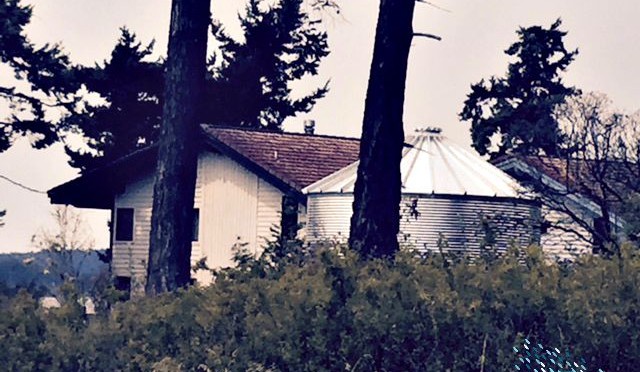
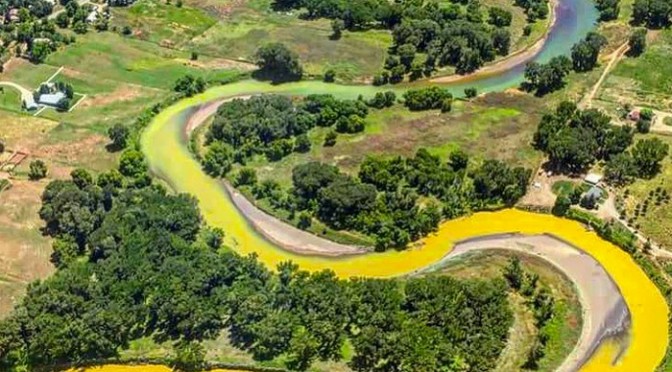
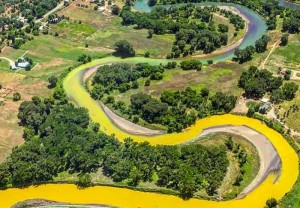 The August 5th Animas River spill is now delivering serious health risks to three states – Colorado, New Mexico and Utah. Our
The August 5th Animas River spill is now delivering serious health risks to three states – Colorado, New Mexico and Utah. Our 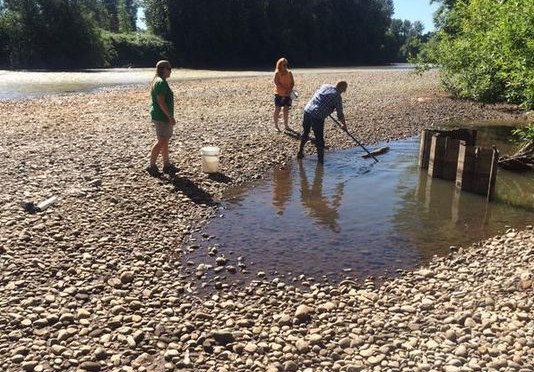
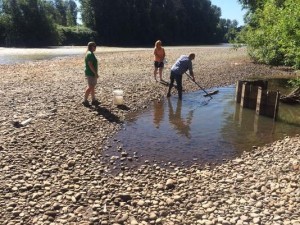 Snohomish County has over 1,000 water districts that are close to drying up, which ramps up the need to purchase potable water from the city of Everett. Spada Lake is dangerously low, which jeopardizes water availability for fighting fires
Snohomish County has over 1,000 water districts that are close to drying up, which ramps up the need to purchase potable water from the city of Everett. Spada Lake is dangerously low, which jeopardizes water availability for fighting fires